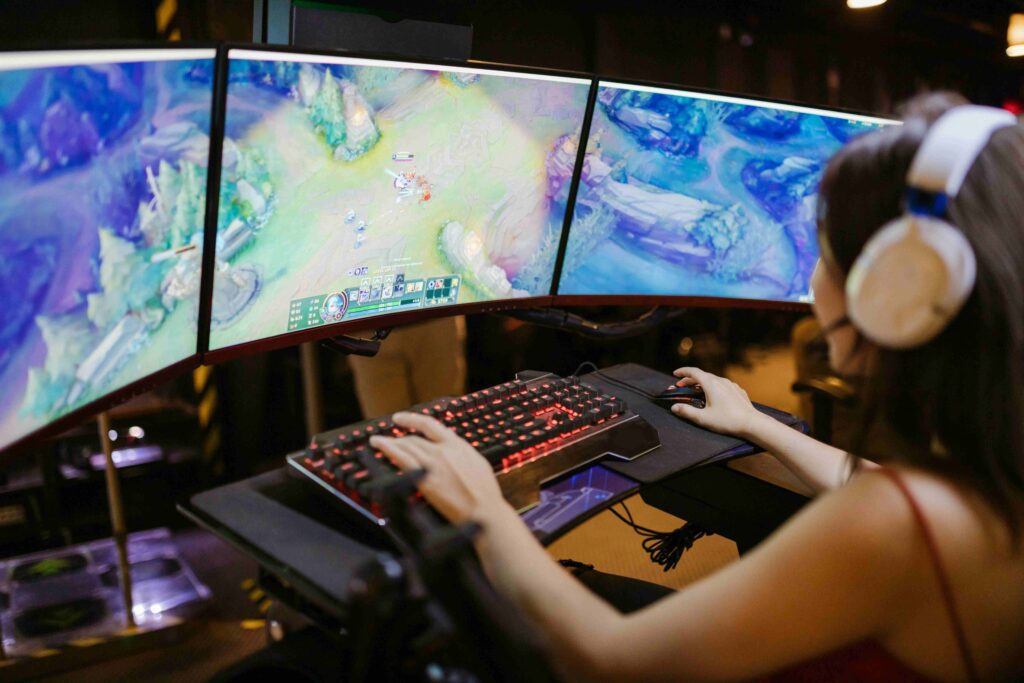Multiplayer game balance is a constant battle for developers. A well-tuned game keeps matches competitive, rewards player skill, and prevents frustration. But achieving this balance is far from simple. Shifting player strategies, unpredictable metas, and the need to keep gameplay fresh all complicate the process. This article breaks down the biggest obstacles in multiplayer balancing, examines how studios tackle them, and highlights real-world cases where balance made or broke a game.

What Does Game Balance Really Mean?
Balance ensures no single strategy, character, or item dominates gameplay. A truly balanced game offers multiple viable options, keeping matches fair and engaging.
Core Aspects of Balance:
- Character/Class Balance – No hero should feel useless or unstoppable.
- Weapon/Item Balance – Avoid “must-pick” gear that overshadows alternatives.
- Map & Objective Design – Fair spawns, sightlines, and objective placement matter.
- Economy Systems – Games like Valorant and CS:GO rely on balanced in-match economies.
Why It’s Critical:
Poor balance leads to player frustration, declining engagement, and negative reviews. For example, Overwatch’s early “Beyblade Meta” (Reaper + Nanoboost) forced rapid patches to restore fairness.
The Biggest Challenges in Multiplayer Balancing
1. Skill Disparity Between Players
Casual and competitive players share the same ecosystem, making balance adjustments tricky. A change that works for pros might ruin the experience for newcomers.
- Example: League of Legends tweaks champions differently for low-rank vs. high-rank play.
- Solution: Skill-based matchmaking (SBMM) or separate balancing for ranked modes.
2. The Ever-Shifting Meta
Players gravitate toward the strongest strategies, creating repetitive gameplay.
- Example: Apex Legends’ “Gibraltar Meta” made other legends nearly obsolete.
- Solution: Frequent patches, introducing hard counters, and reworking underused options.
3. Power Creep: When New Content Breaks the Game
New characters, weapons, or abilities often outclass older ones, forcing constant adjustments.
- Example: Destiny 2 sunset weapons to prevent power creep from ruining balance.
- Solution: Sidegrades (alternate options) instead of direct upgrades.
4. Asymmetrical Game Design Challenges
Games like Dead by Daylight or Rainbow Six Siege have uneven team roles, requiring fine-tuned balancing.
- Solution: Win-rate tracking, player feedback, and incremental buffs/nerfs.
5. Community Resistance to Changes
Even necessary adjustments can spark backlash if players feel attached to certain mechanics.
- Example: Fortnite’s building nerf split the player base.
- Solution: Developer transparency, beta tests, and gradual implementation.
How Developers Approach Balancing
Data-Driven Adjustments
Studying win rates, pick rates, and player behavior helps identify imbalances.
- Tool Example: Dota 2 publicly shares hero performance stats for community discussion.
Playtesting & Pro Feedback
Top players and beta testers provide insights before changes go live.
- Example: Valorant tests new agents in closed environments before release.
Small, Frequent Patches Over Massive Overhauls
Gradual changes prevent shocking the player base.
- Example: Rocket League tweaks car hitboxes subtly rather than reworking them entirely.
Real-World Case Studies
Overwatch: The Mercy Resurrection Dilemma
Mercy’s 2017 rework made her a near-mandatory pick, leading to the infamous “Mercy Meta.” Blizzard fixed this by reducing her resurrection power and increasing counterplay options.
Call of Duty: Warzone – The DMR 14 Dominance
In late 2020, the DMR 14 rifle became so overpowered that it rendered other guns useless. Raven Software nerfed it after massive player outcry.
League of Legends: The Yasuo Problem
Yasuo has been a balancing nightmare for LoL developers due to his high skill ceiling and polarizing impact on matches.
The Future of Game Balancing
AI-assisted balancing tools may help, but human oversight remains crucial. Some games experiment with community-driven balancing (e.g., voting on changes).
FAQ
Q: Why do balance patches take so long?
A: Rushed changes can break the game. Developers need data, testing, and feedback to avoid mistakes.
Q: Can a multiplayer game ever be perfectly balanced?
A: No—player creativity and evolving metas mean balance is an endless process.
Q: Do casual and competitive players want the same balance?
A: No. Casual players prioritize fun, while pros demand absolute fairness.
Final Thoughts
Balancing multiplayer games is a relentless challenge. The best developers adapt quickly, communicate openly, and respect player feedback. For gamers, understanding these struggles fosters patience and better criticism.
Call-to-Action: What’s the most unbalanced game you’ve experienced? Share your thoughts below!

